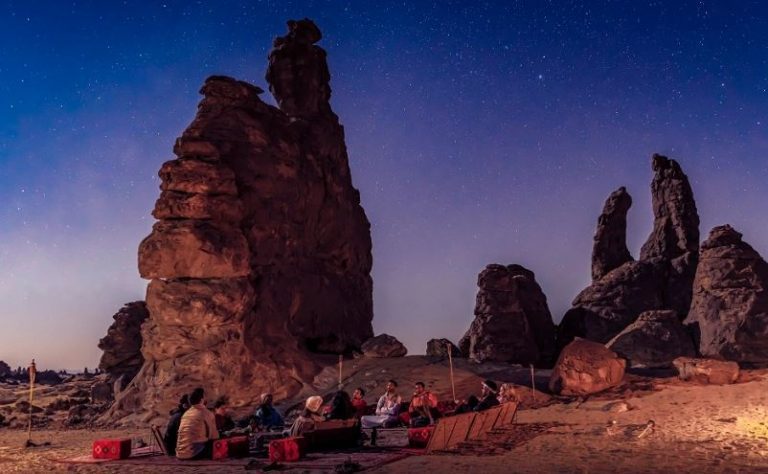Al-Ula is a historic oasis village in northwest Saudi Arabia that is regarded as magnificent from one accomplishment to the next. According to a British magazine that focuses on travel and tourism, it was recognized as one of the seven wonders of the world.
Located in a region with a history supported by audacious proof, cultural treasures, and human inventiveness from the depth of history, the mirror of civilizations is over 200,000 years old and is located in the northwest of the Kingdom.
According to the British Magazine, Al-Ula was previously unknown but has since gained notoriety due to its tale, heritage, history, and artifacts, the majority of which have not yet been made public.
Al-Ula is home to several historical and cultural sites, such as “Al-Hijr,” which was constructed by the Nabatean civilization and is listed as the first UNESCO World Heritage Site in the Kingdom of Saudi Arabia.

According to selection criteria that honor tourist villages that use tourism as an engine for development, support job creation, and are committed to innovation and sustainability in all of its economic, social, and environmental elements, the Al-Ula old town was recently named among the best tourist villages in the world for the year 2022.
The Maraya Hall, which captures the scenic character of Al-Ula, was also mentioned in the magazine article. To be an architectural extension of the lovely character of Al-Ula, which has inspired architects, artists, and inventors for ages, the design took the shape of a cube, the outside of which was entirely covered with mirrors. As a result, the Maraya Hall was recognized by Guinness Book of World Records as the biggest mirror-covered structure ever.
Al-Ula, which has a population of over 11,000, is situated at the edge of a rich alluvial fan. Al-Ula was originally the capital of the Kingdom of Lihyan. It was established by Lihyans approximately 500 BCE and developed into a significant halt for pilgrims heading to Petra via the Frankincense Trail. Due to the abundance of ancient historical structures and landmarks, it is now a well-liked tourist attraction. The most well-known site is Hegra (formerly Mada’in Saleh), which has a number of surviving tombs from the Roman and Nabatean periods of the first century CE. Numerous additional archaeological sites, including Qasr al Faridh, Qasr al Bint Faraoun, Wadi Suman, and Jabal Ithlib, provide breathtaking landscapes and caverns containing ancient petroglyphs.
